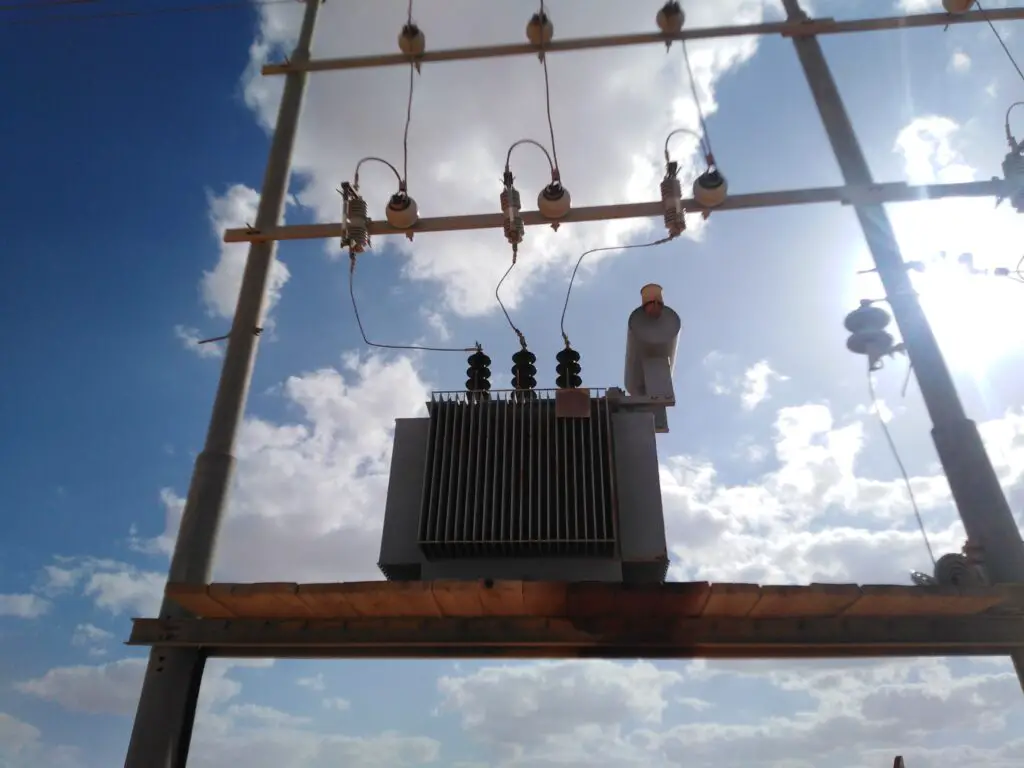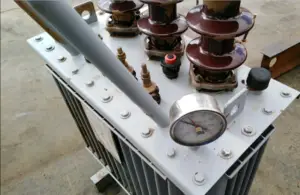Transformers play a crucial role in the distribution and transmission of electrical power. They are responsible for stepping up or stepping down voltage levels to ensure efficient and safe electricity transfer.
One common question that arises is whether all transformers have oil. Not all transformers have oil. While many transformers rely on oil as a cooling and insulating medium, there are also transformers that do not use oil.
In this article, we will explore the different types of transformers and their cooling systems to shed light on this topic.
Table of Contents
What are Transformers?

Transformers are electrical devices that transfer electrical energy between two or more circuits through electromagnetic induction.
They consist of several key components that work together to facilitate the energy transfer process. These components include the core, windings, insulation, and a cooling system.
Basic Components of Transformers
The core is typically made of laminated steel and provides a low reluctance path for the magnetic flux.
The windings, made of copper or aluminum conductors, are responsible for carrying the electrical current.
Insulation materials are used to prevent electrical breakdown and ensure safe operation. Lastly, transformers require a cooling system to dissipate heat generated during operation.
Transformer Cooling Systems
Oil Cooling Systems
Oil cooling systems are commonly used in transformers due to their excellent cooling properties and insulation characteristics.
The oil serves as both a coolant and an insulating medium. It absorbs heat generated by the transformer and carries it away, thereby preventing overheating.
Transformer oils are specifically designed for this purpose and undergo rigorous testing to ensure their effectiveness and safety.
There are different types of transformer oils, including mineral oil, silicone oil, and ester-based oils.
Mineral oil is the most widely used due to its cost-effectiveness and reliable performance. Silicone oils offer enhanced thermal stability and fire resistance, making them suitable for demanding applications.
Ester-based oils provide excellent environmental properties and are biodegradable, making them more environmentally friendly.
Transformer oils possess properties such as high dielectric strength, good thermal conductivity, and high flash and fire points.
These properties allow them to withstand electrical stress and provide efficient cooling, ensuring the transformer operates within safe temperature limits.
Other Cooling Systems
While oil cooling systems are commonly used, there are alternative cooling methods employed in certain transformers.
Air Cooling:
Some transformers use natural or forced air cooling systems. Air circulates around the transformer’s windings to dissipate heat. This method is suitable for smaller transformers with lower power ratings.
Water Cooling:
In large power transformers, water cooling systems may be utilized. Water circulates through cooling pipes or channels, absorbing heat from the transformer.
This method offers higher cooling capacity and is often used in high-power applications or locations with limited airflow.
Oil-Filled Transformers
Oil-filled transformers are the most common type of transformers in use today. They rely on oil as both a cooling and insulating medium.
The oil-filled design provides efficient cooling and helps maintain the transformer’s insulation properties.
These transformers are widely used in power distribution networks, industrial applications, and electrical substations.
Dry Transformers
Dry transformers, on the other hand, do not use oil as a cooling or insulating medium. Instead, they utilize different cooling methods, such as air or solid-state cooling technologies.
Dry transformers are often preferred in environments where the presence of oil may pose safety or environmental concerns.
They find applications in commercial buildings, hospitals, and other sensitive locations.
Read also my article: Dry Type Transformers (Explained for Beginners).
Do All Transformers Have Oil?
Not all transformers have oil. Oil-filled transformers use oil as a cooling and insulating medium, while dry transformers rely on alternative cooling methods such as air or solid-state cooling.
The choice of transformer type depends on various factors, including the application, power rating, safety requirements, and environmental considerations.
Conclusion
Transformers are essential components of the electrical power system, facilitating the efficient and safe transmission and distribution of electricity.
While oil cooling systems are commonly used in transformers, not all transformers rely on oil. Oil-filled transformers provide efficient cooling and insulation, while dry transformers employ alternative cooling methods.
Understanding the different types of transformers and their cooling systems helps ensure the optimal selection and operation of these vital devices in various applications.
Don’t Leave Empty-Handed!
Install my Free Android App on Google Play:
Electrical Cables Most Common Tables “Cables Tables”
And, my Electrical Calculations App “Fast Electrical Calculator”
Discover more great content by subscribing to My channel
Looking to stay ahead of the game in the world of electrical engineering? Subscribe to my YouTube channel and gain access to exclusive content you won’t find anywhere else!
The staff I recommend
(Amazon Affiliate Links to products I believe are high quality):
- Economy 120 Volt/60Hz AC Power Source – Step-Down Voltage & Frequency Converters 1800W
- UNI-T Digital Multimeter Tester UT139C
- 50-Amp Extension Cord for RV “100ft”
- Voltage Stabilizer 110/220v
- Hair Dryer “best selling“
- TOSHIBA EM131A5C-BS Countertop Microwave Ovens
Disclaimer: This contains affiliate links to Amazon products. I may earn a commission for purchases made through these links.


